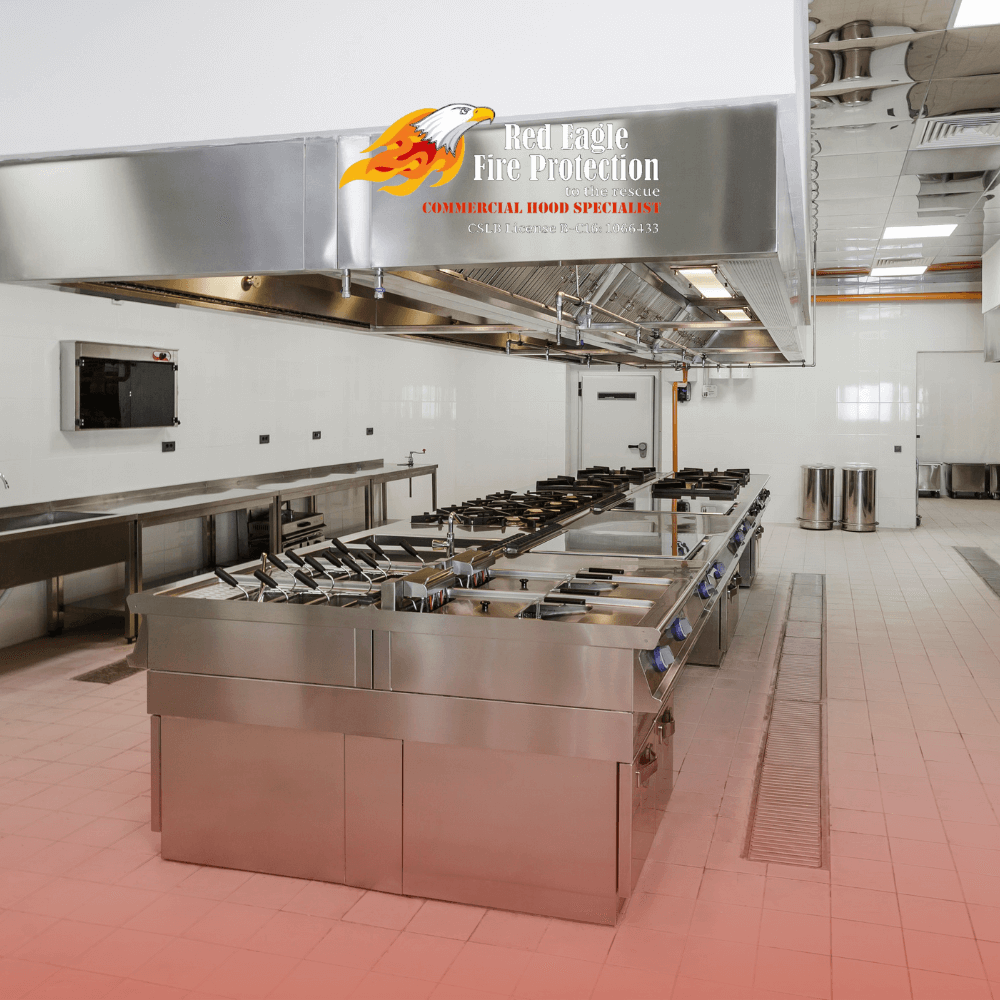For restaurants, safety measures extend beyond food preparation—keeping the kitchen clean is critical to maintaining a safe environment for staff and patrons. One of the most essential, yet sometimes overlooked, tasks is Kitchen Exhaust Hood Cleaning. By understanding its role in fire risk mitigation, restaurant owners can prevent costly hazards while ensuring their kitchens operate efficiently.
Why Kitchen Exhaust Hood Cleaning is Essential for Fire Safety
The kitchen exhaust hood plays a vital role in removing airborne grease, smoke, and other pollutants that accumulate during cooking. Over time, grease and flammable residues can build up inside the hood, ductwork, and exhaust fans, creating a significant fire risk. Professional Kitchen Exhaust Hood Cleaning eliminates this buildup, reducing the likelihood of a grease fire and keeping air quality safe for everyone in the establishment.
Understanding the Fire Risks of a Dirty Exhaust Hood
Without regular cleaning, kitchen exhaust systems can trap grease deposits and other flammable particles. In the high-heat environment of a commercial kitchen, these materials can ignite unexpectedly. Grease fires are among the most common hazards in restaurant kitchens, and a clean exhaust hood is one of the most effective preventive measures.
Benefits of Regular Kitchen Exhaust Hood Maintenance
Beyond fire risk reduction, Kitchen Exhaust Hood Cleaning also offers several operational and health benefits:
- Enhanced Air Quality: Clean hoods help improve indoor air quality, reducing smoke and odors that might affect both staff and guests.
- Efficient Ventilation: A properly cleaned exhaust system promotes optimal airflow, reducing the risk of overheating and improving ventilation.
- Regulatory Compliance: Many health and fire safety regulations mandate regular exhaust hood cleaning, helping restaurants meet local codes and avoid fines.
Key Steps in Professional Kitchen Exhaust Hood Cleaning
Effective kitchen hood cleaning goes beyond surface cleaning. Here’s what a professional cleaning service typically covers:
- Inspection: Technicians examine the exhaust hood, ductwork, and fans to assess the level of grease and residue buildup.
- Deep Cleaning: High-powered degreasers and hot water are used to remove stubborn grease from the hood and duct system.
- Fan and Filter Cleaning: The exhaust fan and filters are essential components and are thoroughly cleaned to ensure effective ventilation.
- Final Inspection: After cleaning, a final check ensures that all components are free of grease and functioning optimally.
Choosing a Reliable Kitchen Exhaust Hood Cleaning Service
For the best results, it’s essential to work with certified professionals who specialize in commercial kitchen hood cleaning. Certified technicians are trained to adhere to fire safety codes and use methods that thoroughly remove grease and residues. Look for services that provide comprehensive cleaning packages, including exhaust fans, ductwork, and hood filters, to ensure complete fire risk mitigation.
How Often Should You Schedule Kitchen Hood Cleaning?
The frequency of Kitchen Exhaust Hood Cleaning depends on cooking volume and methods. High-use kitchens, like those in fast-food establishments or steakhouses, should schedule monthly cleanings. Medium-use kitchens may need quarterly cleaning, while low-use kitchens (such as those in churches or seasonal establishments) might only need cleaning once or twice a year. Regular scheduling keeps grease levels manageable and minimizes fire risk.
Conclusion: Protecting Your Restaurant Through Preventive Maintenance
Fire risk mitigation in a restaurant starts with maintaining a clean, well-functioning exhaust hood. Professional Kitchen Exhaust Hood Cleaning is a critical step that not only helps prevent fire hazards but also ensures a healthier kitchen environment and compliance with local regulations. By investing in regular hood cleaning, restaurants can protect their establishments, staff, and customers from potential dangers.
READ MORE:

